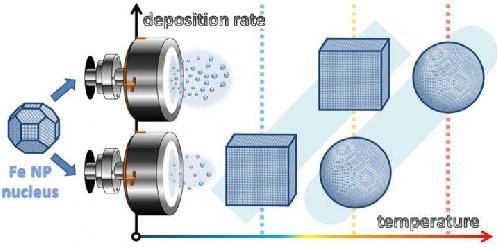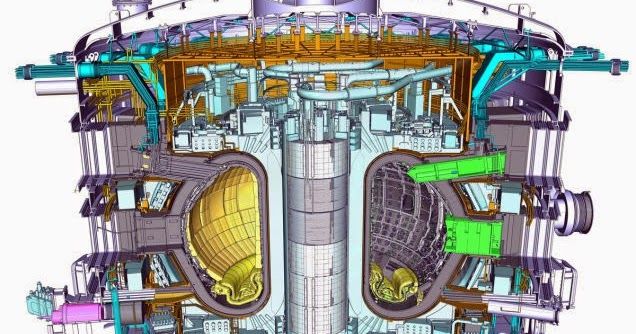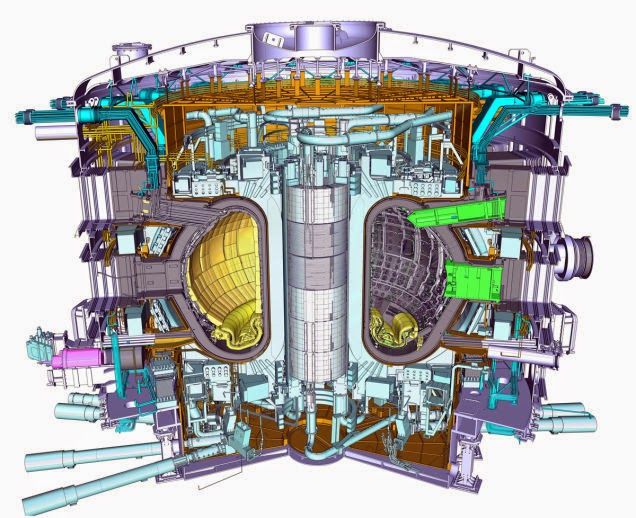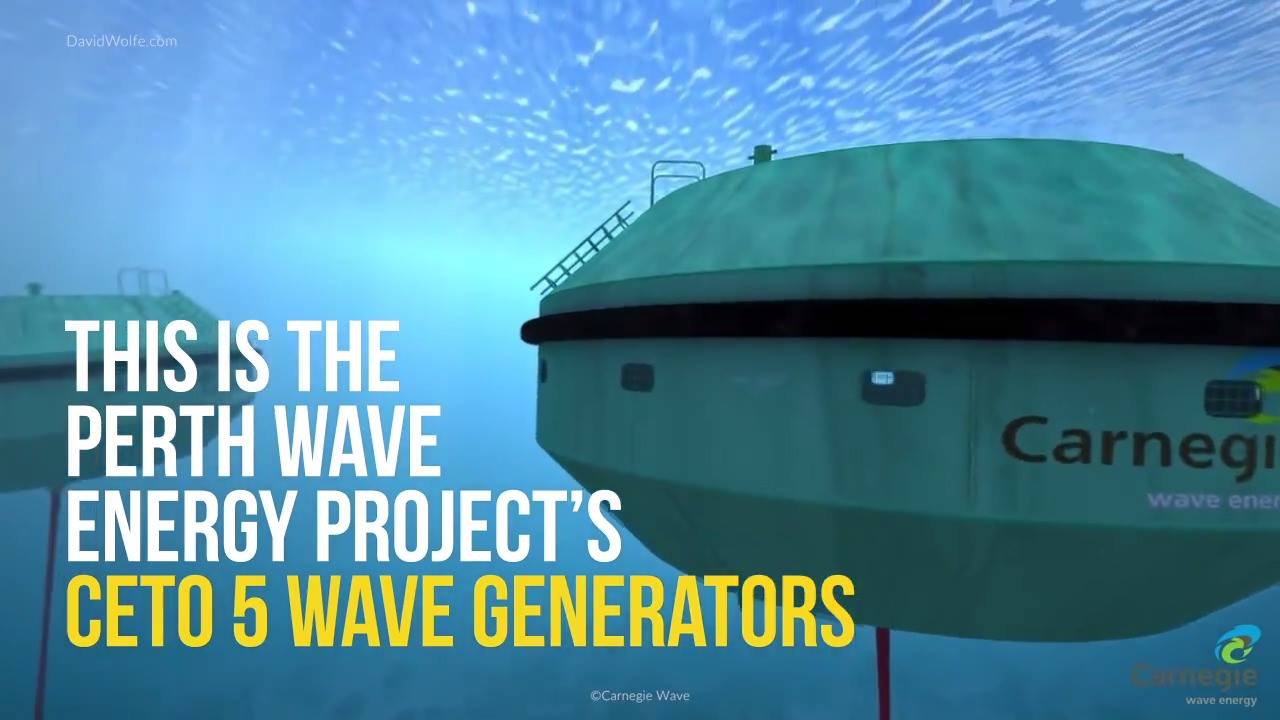Apr 4, 2016
Nanoparticles can grow in cubic shape
Posted by Karen Hurst in categories: energy, nanotechnology
The efficiency of many applications deriving from natural sciences depends dramatically on a finite-size property of nanoparticles, so-called surface-to-volume ratio. The larger the surface of nanoparticles for the same volume is achieved, the more efficiently nanoparticles can interact with the surrounding substance. However, thermodynamic equilibrium forces nanostructures to minimize open surface driven by energy minimization principle. This basic principle predicts that the only shape of nanoparticles can be spherical or close-to-spherical ones.
Nature, however, does not always follow the simple principles. An intensive collaboration between University of Helsinki, Finland, and Okinawa Institute of Science and Technology, Japan, showed that in some condition iron nanoparticles can grow in cubic shape. The scientists also succeeded in disclosing the mechanisms behind this.
“Now we have a recipe how to synthesize cubic shapes with high surface-to-volume ratio which opens the door for practical applications”, says Dr. Flyura Djurabekova from the University of Helsinki.



















